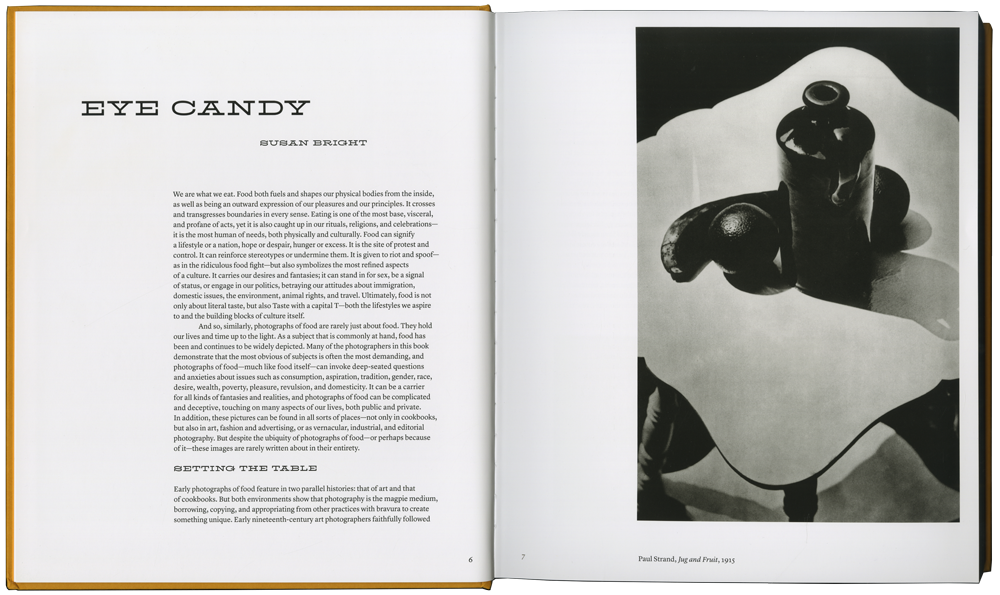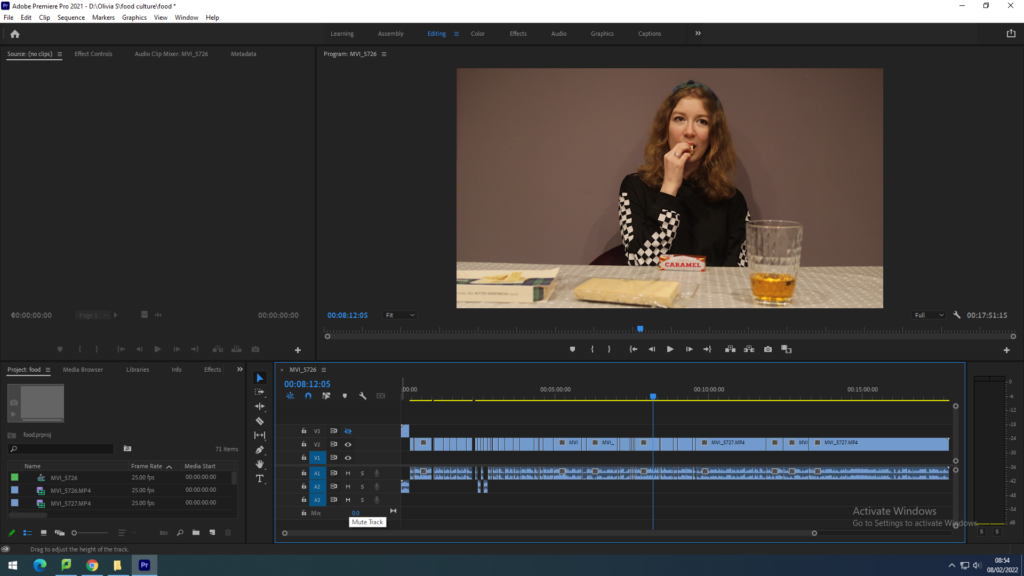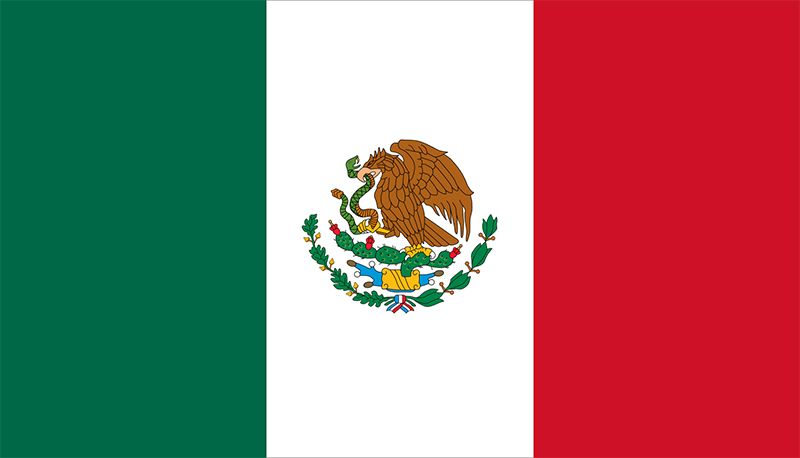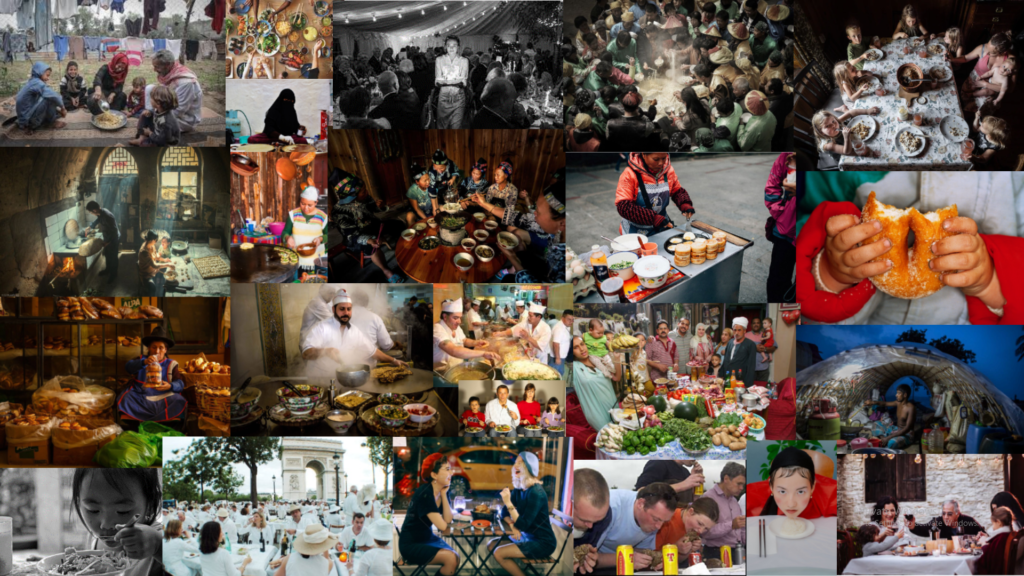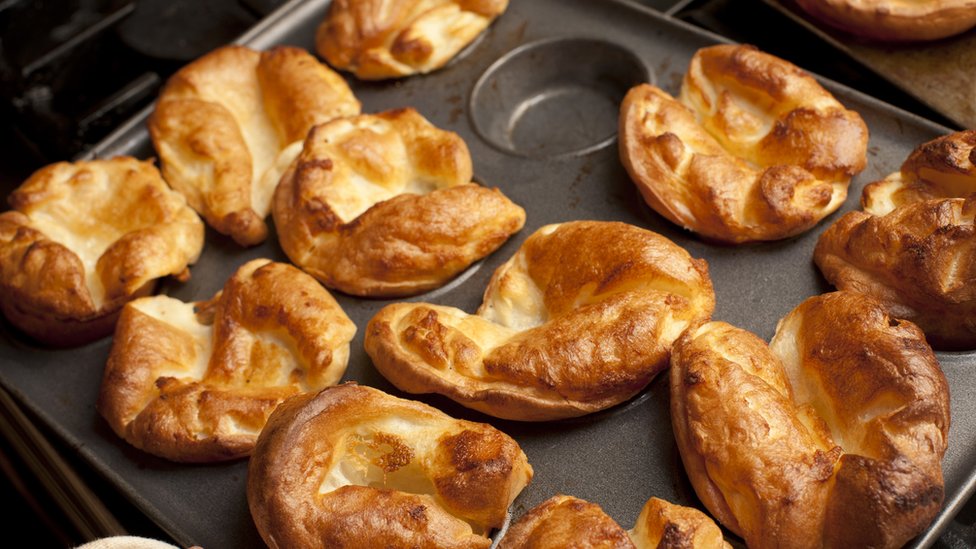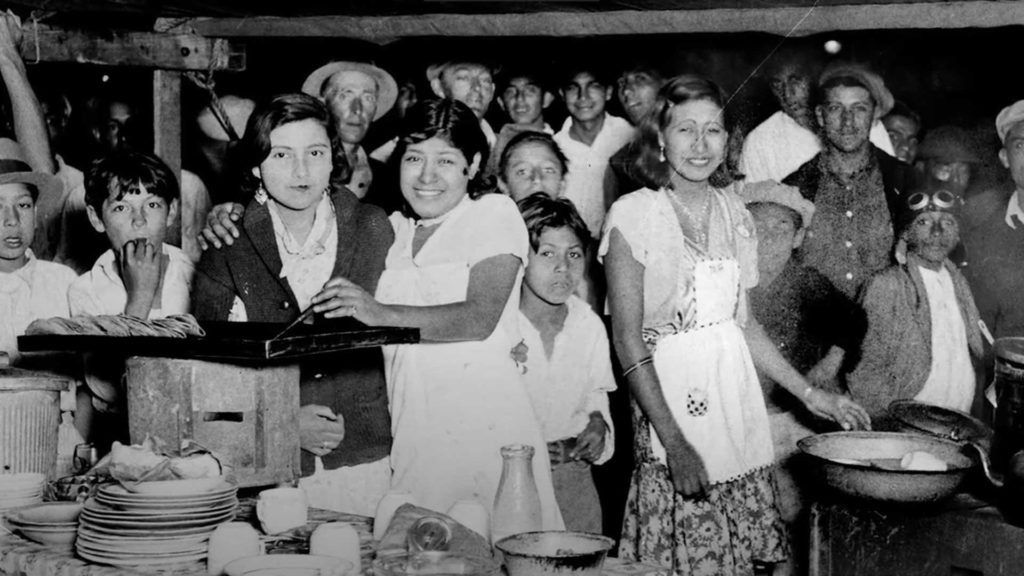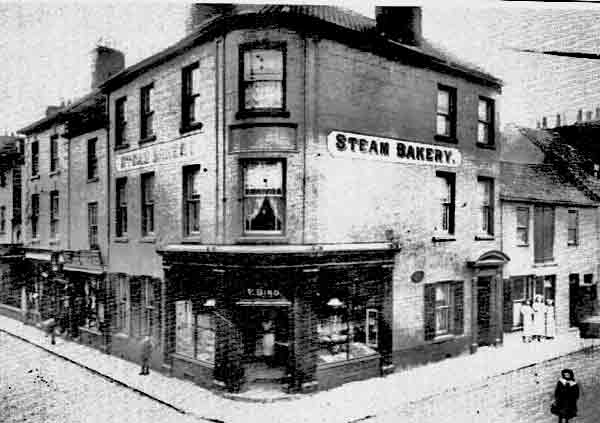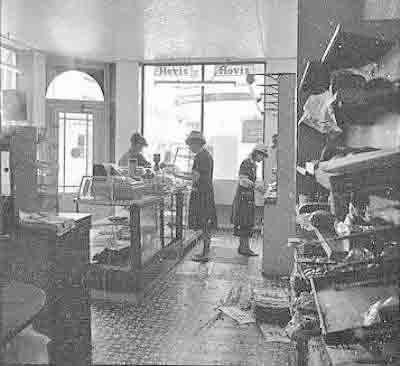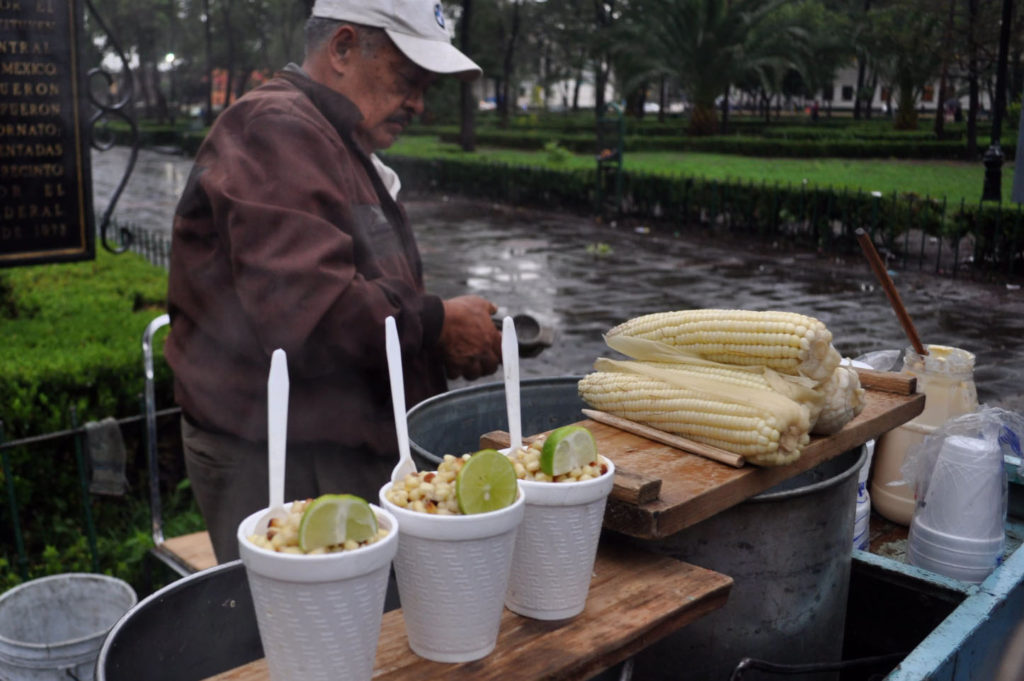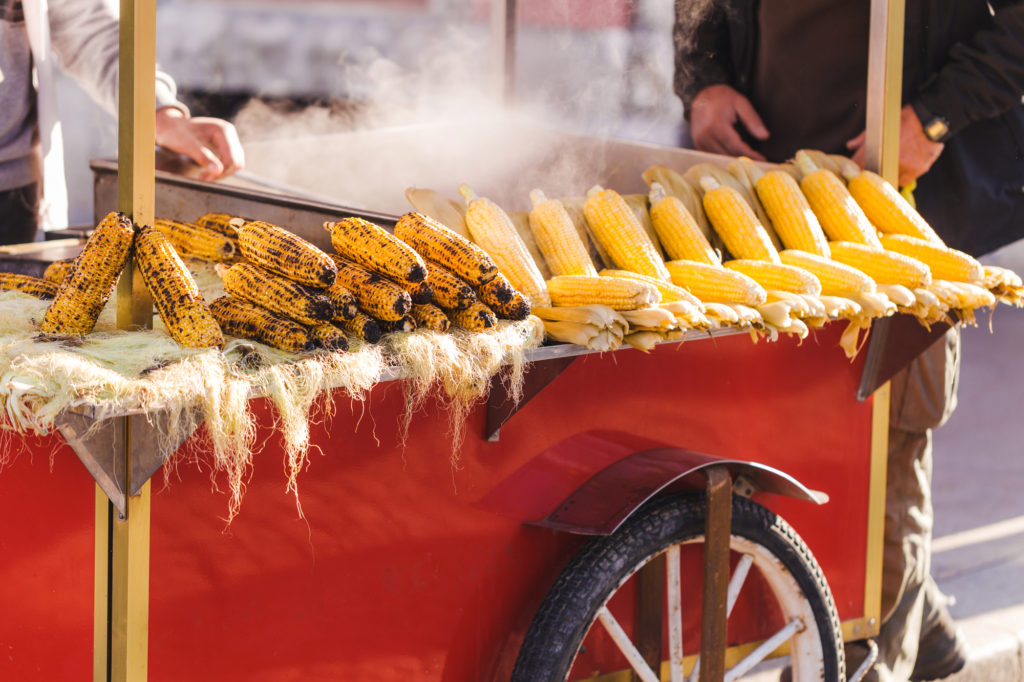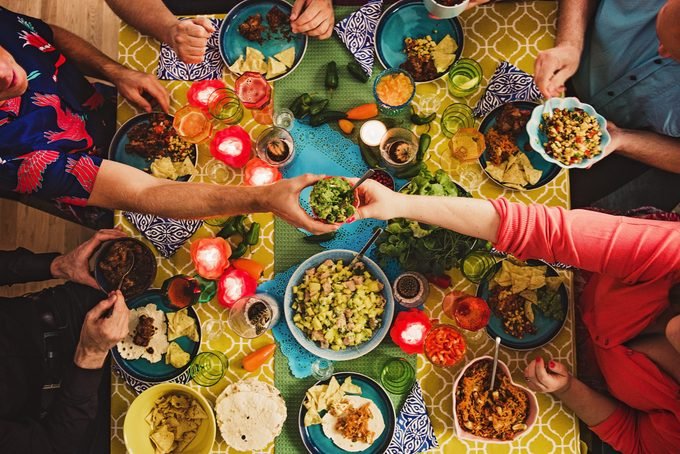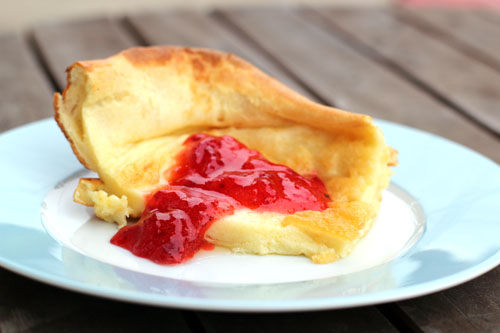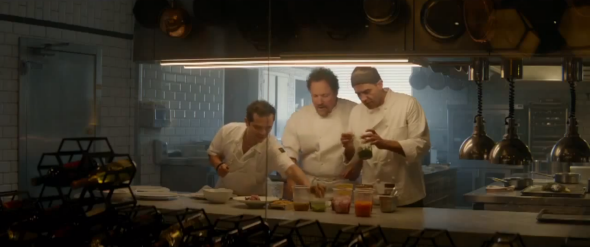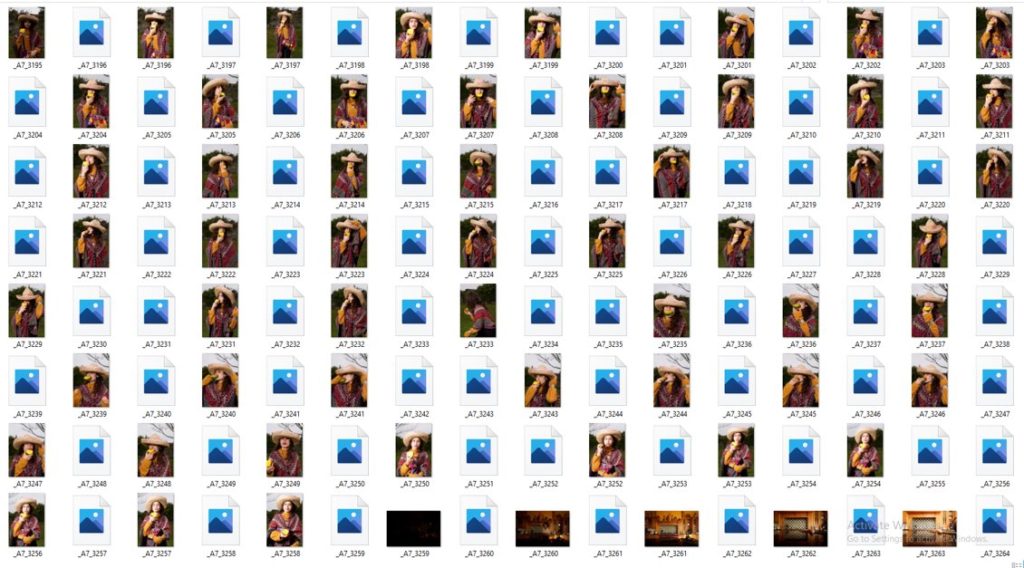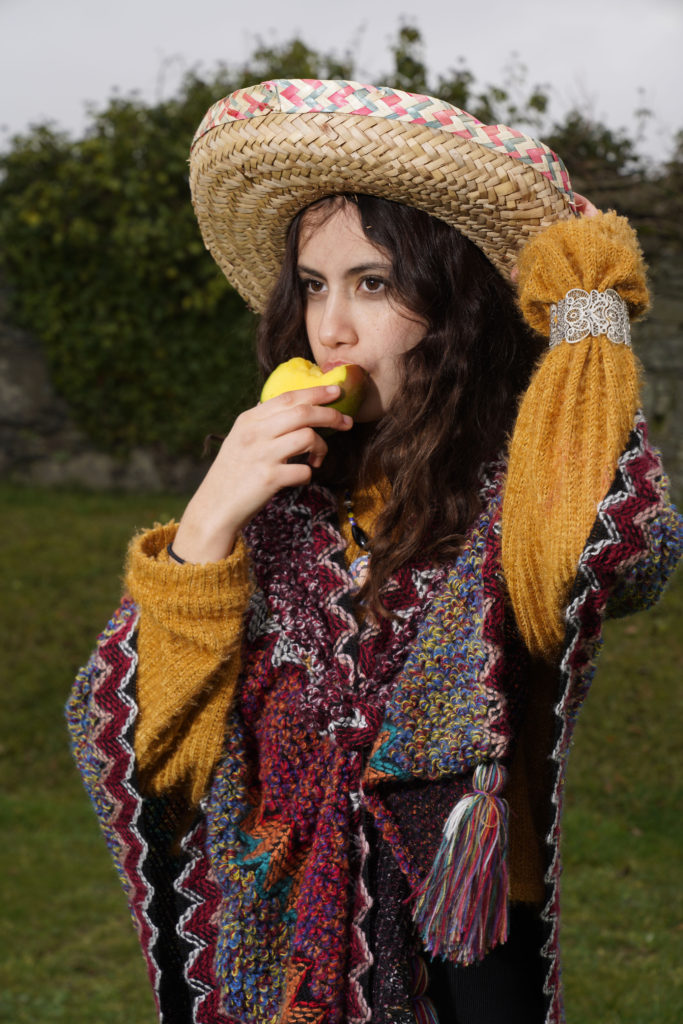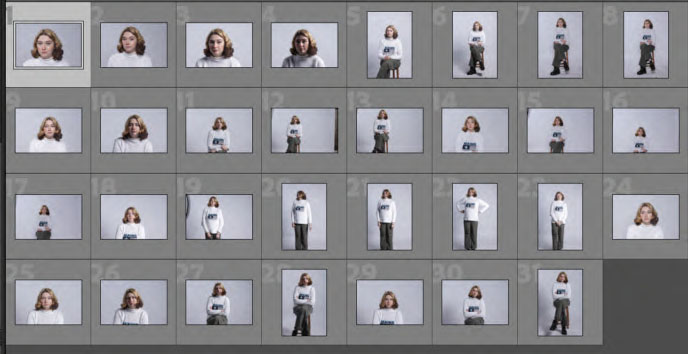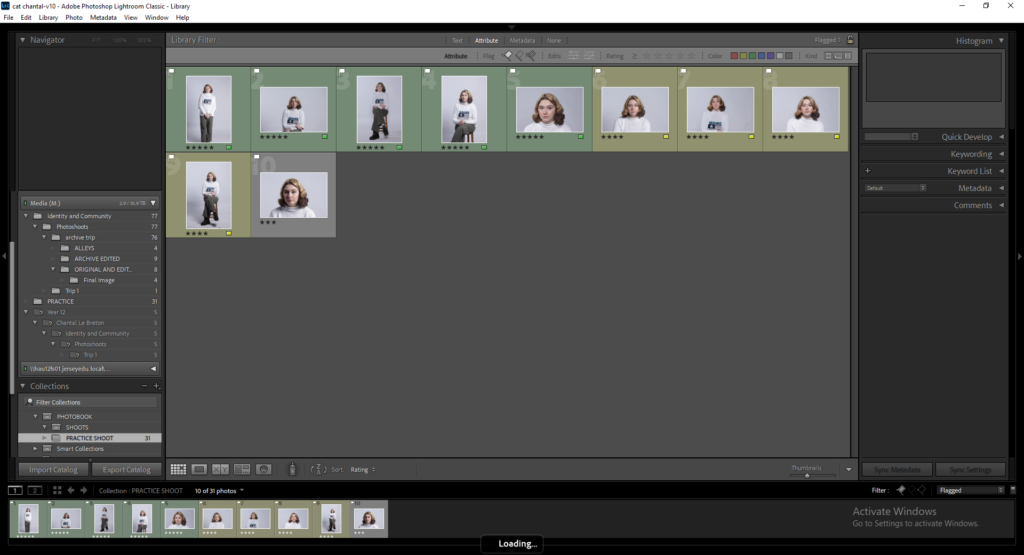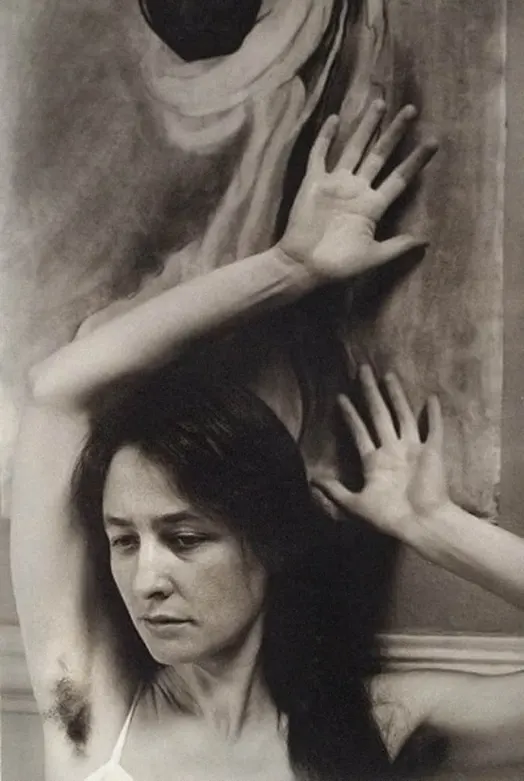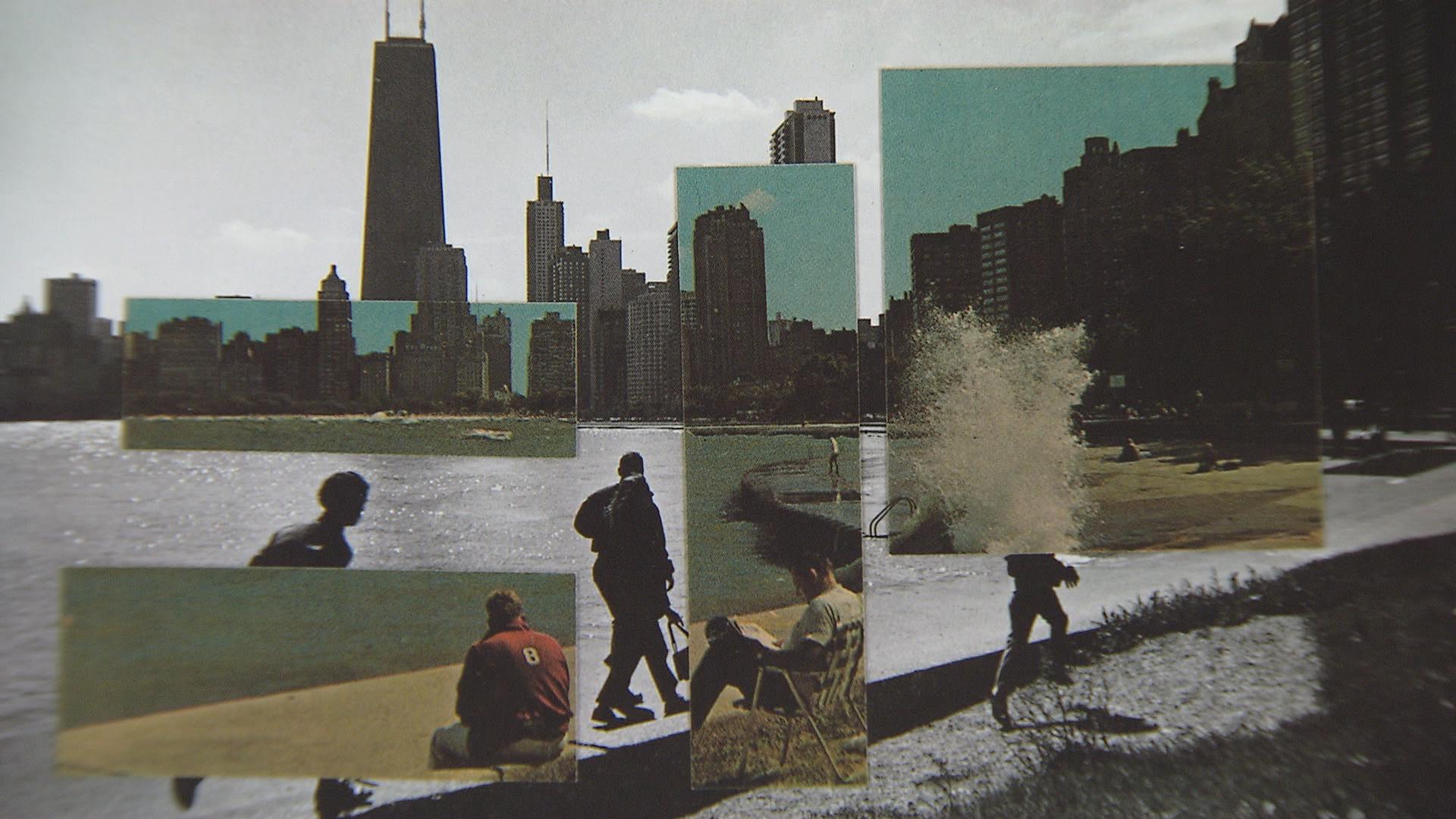In what way have Jim Goldberg and Carole Benitah represented youth and identity through their work?
‘I decided to explore the memories of my childhood to help me understand who I am and to define my current identity.‘
For my area of study, I have decided to explore the theme of identity, more specifically the ideas of childhood and adolescence, and how the environment around you can have a significant effect on how you grow up, as well as how childhood can shape you into the adult you become. I have chosen to document this theme because teenagers are often ostracised by older members of society, and have gained a ‘reckless’ and ‘troublemaking’ stereotype. My aim with this project is to show how teenagers deal with this issue, as well as other problems they may face, such as pressure from school or problems with their home life. One of the artists who I will be focusing on is Jim Goldberg. His project ‘Raised By Wolves’ (1985 – 1995), shed a spotlight on the shunned and rejected members of society who lived along Los Angeles’ Sunset Boulevard; ‘I wanted to look at those people who were outsiders, like I was.’ (Goldberg, 2018). I have chosen to analyse Goldberg’s work because it is a raw, uncensored look at a world most people will never get to see, and it incorporates real-life people and their stories. Goldberg allowed his audience to sympathise and somewhat relate with his subjects through his use of personal objects which varied from hand-written letters and drawings to police and medical reports. This allowed the viewers to feel as though they were immersed in the world of ‘Tweeky Dave’ and ‘Echo’, and to draw attention to the problems that they face. The second artist that I will be focusing on is Carolle Benitah. Her project ‘Photos Souvenirs’ (2016) involved Benitah reworking her old childhood photographs from her family albums through the use of embroidery and stitching as a way to show how she had developed and to help her understand who she was; ‘Those moments, fixed on paper, represented me, spoke about me and my family, told things about my identity, my place in the world, my family history and its secrets, the fears that constructed me, and many other things that contributed to who I am today.’ (Benitah). I have chosen to analyse Benitah’s work because it gives her audience an intimate and personal look at her life, and the fondness and sometimes disdain with which she holds the memories of her childhood and her family, which I feel that most people will be able to relate to. For my response to these artists, I plan to capture candid images of myself and my friends when we are together in order to convey the unfiltered approach that Goldberg demonstrates. Additionally, I will also be incorporating old childhood and family photographs as a way to show how we have changed and developed, and as a response to Benitah.
Jim Goldberg’s Raised By Wolves uses a primarily documentary-style type of photography as a way of capturing an unfiltered look at the life of his subjects. Documentary photography found its roots as a way to record and accurately describe unknown, hidden, or difficult to access places, such as the ruins of Ancient Egypt or the undiscovered American wilderness in the nineteenth century. During the 1930s, the Great Depression brought about a new wind of change for documentary photography, both in urban and rural locations. Photographers such as Dorothea Lange, Walker Evans, and Russell Lee are generally credited for adapting the style into what it is today; accuracy mixed with empathy, and with the main goal of encouraging the public to engage in social change. Conversely, whilst Goldberg works with fairly recent images, Benitah uses a different approach. By reworking and adapting her old family photographs as a way to reflect who she is now, Benitah utilises various techniques such as embroidery and stitching. Although embroidery is now practiced all over the world, its origin can be traced back to the Middle East during the Cro-Magnon days, around 30,000 B.C.. Elaborately embroidered clothing, religious objects, and household items served as symbols of wealth and status in many cultures including Persia, Japan, the Byzantine Empire, and Europe. The discipline can also be affiliated with the impressionist art movement, which took place in the nineteenth century. Impressionism is characterised by its use of bright colours as opposed to darker, muted ones, and thin, barely visible brush strokes as a way of conveying the changing qualities of both light and movement. It could be argued that embroidery is therefore a by-product of this movement and vice versa, as the two areas of speciality have corresponding attributes and components. Moreover, if embroidery can be compared to impressionism, then therefore documentary photography can be connected to realism. Realism is defined as ‘the faithful representation of reality’, and is focused on showing an unfiltered look at everyday life. The movement rejected traditional forms of art, literature, and social hierarchy, and was inspired by the new way of thinking which was sparked by the Industrial Revolution in the mid eighteenth century. This shift in art style brought about an elevation of the working class as the main subjects of many artist’s paintings, as it coincided heavily with many new social philosophies, including Pierre Proudhon’s System of Economic Contradictions, or The Philosophy of Poverty (1846) and Karl Marx’s Communist Manifesto (1848). Documentary photography therefore shares many affinities with this art movement, which can be explicitly seen in Jim Goldberg’s work.
These two images, taken from Goldberg’s Raised By Wolves, give the viewer an intimate and profound look at the relationship that Goldberg had with the people he photographed, and specifically this subject, ‘Dave’. It is constantly argued whether documentary photography is a reliable source of information, as one can often feel like an outsider looking in to a world which they will never understand. As the photographer spends time with their subjects, they will inevitably form a kinship of some kind, which can lead to their images shifting from the stoic, detached report that is expected, into a deeply touching and sympathetic anecdote of their time spent together. In his review of Goldberg, Adam Wray states that, ‘[Goldberg] formed relationships with the runaways he began tailing around LA, becoming enmeshed in their lives. He provided his subjects both material assistance and friendship.’ (Wray 2018). This shows that the relationships Goldberg formed with his subjects are clearly conveyed throughout his work, and that it affects the way in which people will view it. In the two images above, it is clear to see that Goldberg and his subject have become close friends, and that they regard each other with a certain fondness which would not have occurred if not for the compassion and fragility with which Goldberg treated their lives as his subject matter. It could, therefore, be argued that Goldberg’s intention with this project was to not only draw attention to the lives of the homeless running amuck in California, but to also allow his audience to sympathise and appreciate their struggles in the hopes that the public’s attitude towards them will change. Goldberg treated them not as subjects, but as people who were just like him, which shows in his work as every person’s story was given equal attention, and he respected each person’s identity and did his best to portray them in a way which was truthful and real. The concept of identity is one which Goldberg explores heavily in Raised By Wolves, and can be seen by his choice to include various personal objects of his subjects in the project, ranging from notes and hand-drawn pictures, to medical and police reports and even items of clothing. This adds another layer to his subjects, and helps the audience identify them as not just people in pictures, but as individuals with different personalities and ways of expressing themselves. Additionally, this helps Goldberg in his attempt to break away from the traditionally stereotypical opinion and view that the public has about homeless and disadvantaged people.

Carolle Benitah explores various different themes throughout her project Photos Souvenirs, including the concept of childhood, and how this stage in one’s life has a significant effect on the adult that they grow to become. Additionally, Benitah delves into the sometimes traumatising effect that this period can have on a person’s mental health, which she represents through stitching and embroidery. In his review of Bentiah, Laurence Cornet states, ‘As the years progress, people disappear from the pictures, leaving her alone, submerged in thought in a photograph in in front of the ocean, about to be engulfed by a needlepoint wave.’ (Cornet, 2014). Benitah utilises a bold red thread in order to represent her feelings of pain and nostalgia, which juxtaposes the seemingly happy experiences she is having in the photographs. In the image above, Benitah tells her audience a story which is only possible through her newly-changed mindset in regards to her childhood. Benitah transforms her old photographs into fairy tales, each one filled with memories and emotion, both old and new. Benitah herself describes this process likeable to an exorcism; ‘With each stitch I make a hole with a needle. Each hole is a putting to death of my demons. It’s like an exorcism. I make holes in paper until I am not hurting any more.’ (Benitah). The many reworked photographs speak heavily on Bentiah’s desire for love and attention as a young child, and her feelings now as an adult looking back on that time in her life. Additionally, the use of embroidery is viewed as a ‘feminine activity’ by Benitah, which adds another layer of depth as to why she chose to include this medium in her work; it expresses the pressures and expectations not only Benitah, but also every young woman, faces during their childhood, such as the burden of being a perfect child, a submissive partner, and a loving but distant mother.
Overall, these two artists showcase the two themes of youth and identity thoroughly throughout their respective work and projects. In the case of Benitah, her use of archival childhood photographs is used as a form of self-expression, and as a way to show her audience how her identity and her concept of self-understanding has shifted over the years. Additionally, Photos Souvenirs showcases Benitah’s transition from child to adult in a unique and new way, and is a thought provoking project which will be somewhat relatable to her audience, due to her feelings of melancholy and nostalgia. Goldberg, however, showcases identity through his use of personal objects belonging to his subjects, such as items of clothing, drawings, and even police reports detailing their behaviour. The theme of his project has a more intense focus on identity as opposed to youth, however he does include stories from his subjects’ childhood, and how these events have shaped them into the people they have become, much like when Benitah says ‘I decided to explore the memories of my childhood to help me understand who I am and to define my current identity’. These two artists have inspired me to take a unique and different approach to my project, by breaking away from the traditional means of including strictly new images in my photobook, but instead incorporating old family photographs and personal objects to break up the images and give a more interesting narrative and concept for my audience to enjoy.
Bibliography
Cornet, L. (22 April 2014). Carolle Bénitah: Photos-Souvenirs. photograph. (https://photographmag.com/articles/carolle-benitah-photos-souvenirs/) Accessed on 29 Jan 2022.
Morris, J. (May 2009). History of Embroidery. Fibre2Fashion. (https://www.fibre2fashion.com/industry-article/4135/history-of-embroidery) Accessed on 10 January 2022.
Rosen, M. (2 June 2021). Fingerprint: Tracing the Roots of Jim Goldberg’s Raised by Wolves. Magnum Photos (https://www.magnumphotos.com/theory-and-practice/fingerprint-tracing-roots-jim-goldbergs-raised-by-wolves/) Accessed 28 Jan 2022.
Wikipedia. (25 October 2021). Documentary Photography. Wikipedia. (https://en.wikipedia.org/wiki/Documentary_photography) Accessed on 27 January 2022.
https://www.lensculture.com/articles/carolle-benitah-photos-souvenirs
Wikipedia. (31 January 2022). Impressionism. Wikipedia. (https://en.wikipedia.org/wiki/Impressionism) Accessed on 26 January 2022.
Wikipedia. (7 November 2021). Realism (arts). Wikipedia. (https://en.wikipedia.org/wiki/Realism_(arts)) Accessed on 25 January 2022.
Wray, A. (5 May 2018). A Completely True Work of Fiction: Jim Goldberg’s Raised By Wolves. Magnum Photos (https://www.magnumphotos.com/arts-culture/art/jim-goldberg-raised-by-wolves/) Accessed on 29 Jan 2022.



